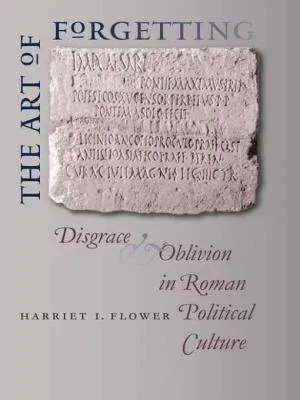Harriet I Flower
(Author)The Art of Forgetting: Disgrace & Oblivion in Roman Political CulturePaperback, 1 February 2011

Qty
1
Turbo
Ships in 2 - 3 days
In Stock
Free Delivery
Cash on Delivery
15 Days
Free Returns
Secure Checkout
Part of Series
Studies in the History of Greece and Rome
Print Length
424 pages
Language
English
Publisher
University of North Carolina Press
Date Published
1 Feb 2011
ISBN-10
0807871885
ISBN-13
9780807871881
Description
Product Details
Author:
Book Format:
Paperback
Country of Origin:
US
Date Published:
1 February 2011
Dimensions:
23.11 x
15.49 x
2.29 cm
ISBN-10:
0807871885
ISBN-13:
9780807871881
Language:
English
Location:
Chapel Hill
Pages:
424
Publisher:
Weight:
616.89 gm

